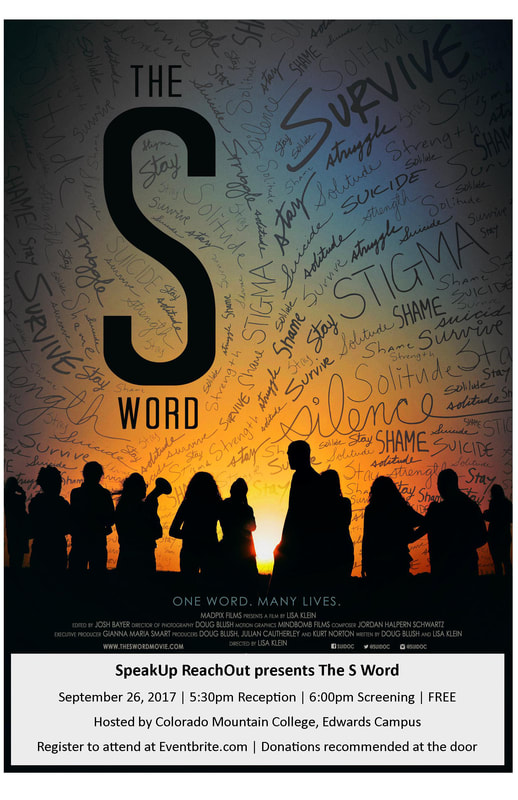An article published in the Grand Junction Sentinel today reports that in Mesa County for the first part of 2017 60 percent of individuals who attempted suicide were under the age of 30.
You can read the report here:
For the past three quarters 62.5% of the attempts that were hospitalized were 29 years of age or younger. Of attempts 65% were by overdose.
We use this information to try and focus education efforts


 RSS Feed
RSS Feed